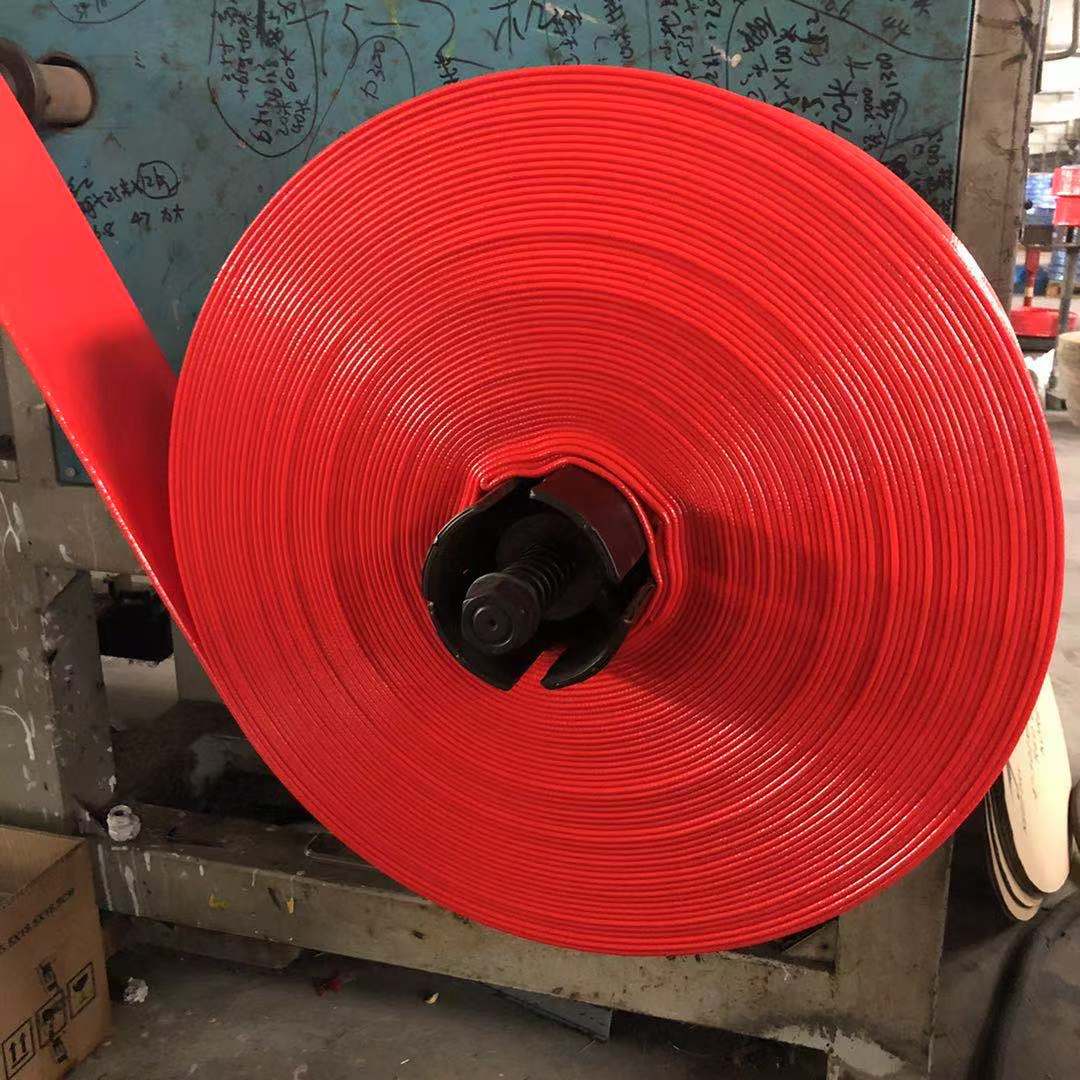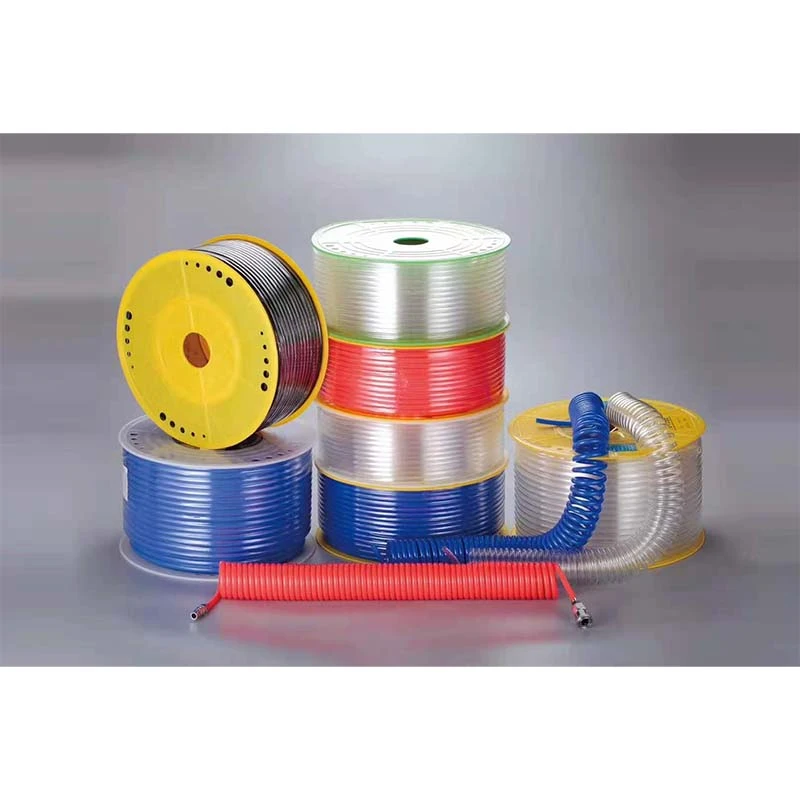Feb . 01, 2025 03:31
Back to list
pvc steel wire hose pipe
In the world of fluid transport systems, the terms pipe, tube, and hose often appear interchangeable. However, distinct differences set these components apart, which have a profound impact on their application, functionality, and suitability for specific tasks. Understanding these differences is essential for professionals dealing with fluid dynamics, mechanical engineering, and related fields, thereby reinforcing reliability, efficiency, and cost-effectiveness.
When selecting between a pipe, tube, or hose, several factors come into play. Foremost, the operational environment dictates material choice. For high-temperature or corrosive conditions, metal pipes or tubes may be preferable, offering longevity and reliability. Conversely, for systems subjected to constant movement or requiring temporary connections, hoses offer the flexibility needed without compromising performance. Additionally, system pressure and flow requirements should guide selection. Pipes, with their thicker walls and welded joints, suit high-pressure environments whereas tubes, with precise diameter and thickness, control flow with finesse. Hoses, being inherently flexible and often available with reinforcements like braided steel, can also handle moderate pressures while offering the adaptability that rigid conduits cannot. An insightful aspect of differentiation lies in the manufacturing processes. Pipes, often welded or seamless, are formed through extrusion or casting, ensuring strength but at a cost of flexibility. Tubes, through drawn or extrusion processes, maintain precise control over diameter and thickness, supporting industries requiring exact specifications. Hoses, in contrast, use extrusion or reinforcement processes combining layers of materials, thus achieving flexibility and durability. In conclusion, recognizing the differences between pipes, tubes, and hoses enriches decision-making in engineering and industrial settings. Pipes ensure strength and reliability in stationary systems, tubes provide precision for detailed applications, and hoses offer flexibility for dynamic environments. Each plays a unique role, with their specific characteristics ensuring that fluid transport systems perform optimally, efficiently, and safely. Understanding these differences not only optimizes system design but also builds trust and expertise, bolstering reliability and establishing authority in the fluid transport industry.


When selecting between a pipe, tube, or hose, several factors come into play. Foremost, the operational environment dictates material choice. For high-temperature or corrosive conditions, metal pipes or tubes may be preferable, offering longevity and reliability. Conversely, for systems subjected to constant movement or requiring temporary connections, hoses offer the flexibility needed without compromising performance. Additionally, system pressure and flow requirements should guide selection. Pipes, with their thicker walls and welded joints, suit high-pressure environments whereas tubes, with precise diameter and thickness, control flow with finesse. Hoses, being inherently flexible and often available with reinforcements like braided steel, can also handle moderate pressures while offering the adaptability that rigid conduits cannot. An insightful aspect of differentiation lies in the manufacturing processes. Pipes, often welded or seamless, are formed through extrusion or casting, ensuring strength but at a cost of flexibility. Tubes, through drawn or extrusion processes, maintain precise control over diameter and thickness, supporting industries requiring exact specifications. Hoses, in contrast, use extrusion or reinforcement processes combining layers of materials, thus achieving flexibility and durability. In conclusion, recognizing the differences between pipes, tubes, and hoses enriches decision-making in engineering and industrial settings. Pipes ensure strength and reliability in stationary systems, tubes provide precision for detailed applications, and hoses offer flexibility for dynamic environments. Each plays a unique role, with their specific characteristics ensuring that fluid transport systems perform optimally, efficiently, and safely. Understanding these differences not only optimizes system design but also builds trust and expertise, bolstering reliability and establishing authority in the fluid transport industry.
Next:
Latest news
-
Strong suction and flexibility: The versatile application of PVC suction hosesNewsAug.05,2025
-
Steel wire reinforcement, tough protection: The road to upgrading the strength of Wire Reinforced PVC HoseNewsAug.05,2025
-
Resilience and Flexibility Coexist: A New Industrial Perspective for Pvc Air HosesNewsAug.05,2025
-
Pulse of Efficient Transmission: The Excellent Performance and Multiple Applications of PU Pneumatic HoseNewsAug.05,2025
-
Enduring Pressure: The Industrial Mission of High Pressure Lay Flat HoseNewsAug.05,2025
-
Durable Water Conveyance: The Practical Value and Technical Charm of PVC WATER HOSESNewsAug.05,2025
HOT PRODUCT
Provide You The Highest Quality Work
INQUIRE














